
ASTM B575 Hastelloy C276 Properties and Applications
ASTM B575 Hastelloy C276 is a high-performance nickel-based alloy that plays an important role in many industrial applications.
ASTM B575 Hastelloy C276 is a high-performance nickel-based alloy that plays an important role in many industrial applications.
ASTM B575 Hastelloy C276 has a unique composition consisting mainly of nickel, molybdenum, and chromium. Among them, the high content of nickel gives it good corrosion resistance and toughness. The presence of molybdenum further enhances its corrosion resistance, especially in reducing environments. Chromium, on the other hand, contributes to the oxidation resistance of the alloy. The right combination of these elements gives ASTM B575 Hastelloy C276 its superior performance.
On the plus side, ASTM B575 Hastelloy C276 offers excellent corrosion resistance. It is resistant to a wide range of strong acids, bases, salt solutions and organic compounds, even in extremely harsh environments. In addition, it also has good high temperature resistance and can work stably for a long time under high temperature. At the same time, ASTM B575 Hastelloy C276 also has good processing performance, and can be made into different shapes of parts through various processing methods.
In terms of applications, ASTM B575 Hastelloy C276 is widely used in chemical, petroleum, pharmaceutical, environmental protection and other industries. In the chemical industry, it is commonly used in the manufacture of reactors, heat exchangers, pipelines and other equipment that can withstand the erosion of various corrosive media. In the petroleum industry, it can be used to manufacture downhole tools, wellhead equipment, etc., to adapt to the complex geological environment. In the pharmaceutical industry, ASTM B575 Hastelloy C276 can be used to manufacture pharmaceutical equipment to ensure the purity and quality of drugs. In the environmental protection field, it can be used to treat wastewater and exhaust gas containing corrosive substances.
In short, ASTM B575 Hastelloy C276 is a highly sought-after high-performance alloy material due to its unique composition, excellent advantages and wide range of applications.
stainless steel processing
The manufacture of stainless steel involves a series of processes. First, the steel is melted, and then it is cast into solid form. After various forming steps, the steel is heat treated and then cleaned and polished to give it the desired finish. Next, it is packaged and sent to manufacturers, who weld and join the steel to produce the desired shapes.
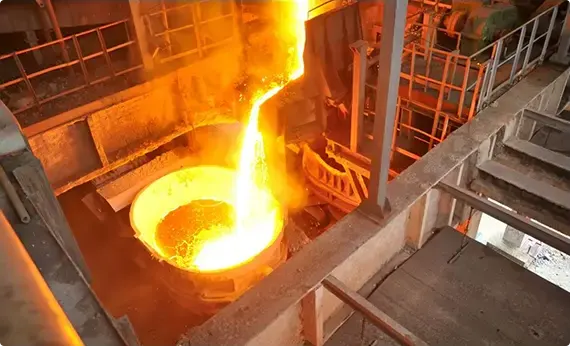
Melting and Casting
The raw materials that constitute a stainless steel item are placed together and melted in a giant electric furnace. Intense heat is applied rigorously for a period of 8 to 12 hours during this step. Once the melting is complete, the molten steel is cast into desired semi-finished forms. Some of the most common forms or shapes include slabs, blooms (rectangular shapes), billets (these could either be round or square), rods, and tube rounds.

Forming
In the second stage, the semi-finished steel shapes undergo a series of forming operations. For instance, the stainless steel is hot rolled (heated and passed through enormous rolls). The blooms and billets mentioned above are converted to bar and wire. The slabs on the other hand are formed into plates, strips or sheets. It is very common to turn semi-finished steel shapes into bars, as it is the most versatile stainless steel form (it comes in all grades and sizes). You have round, square, octagonal, and hexagonal bars, each suitable for a different type of application.
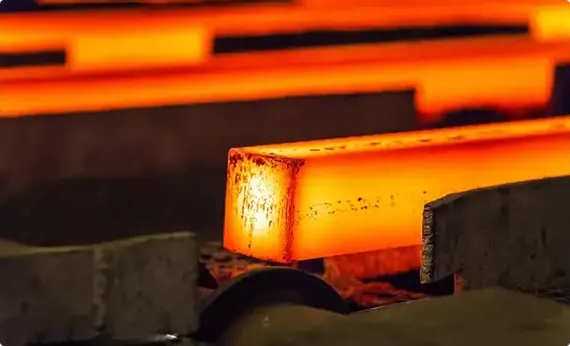
Heat Treatment
The various stainless steel forms undergo a thorough annealing process during this step. Annealing is another name for heat treatment where the stainless steel is heated and cooled in a controlled environment. The purpose of this heat treatment is to relieve the pent-up stress inside the stainless steel and soften the material to make it more suitable for a wide variety of applications. The people in charge of carrying out the annealing process have to be very careful about the conditions as even the slightest of changes in the temperature, pressure, duration, or cooling rate could result in a faulty product.
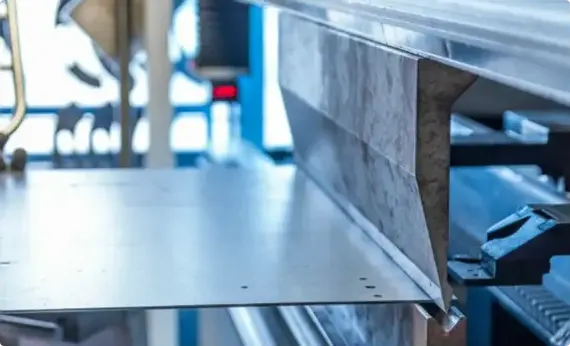
Descaling
During the annealing process, a certain amount of scale appears on the surface of the stainless steel. This scale can be removed using a number of different processes that are collectively known as descaling. Pickling is one of the more common methods of carrying out the descaling process.
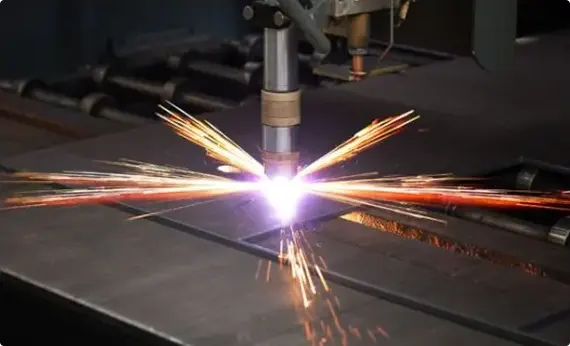
Cutting
The semi-finished, heat-treated, and descaled stainless steel forms are cut into specific shapes in this step. Mechanical cutting is performed with the aid of guillotine knives, blanking, nibbling, and high-speed blades.
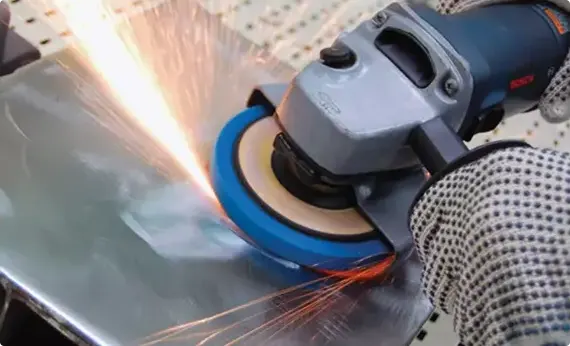
Finishing
Finishing is applied to help the stainless steel product achieve its signature aesthetically appealing appearance. Finishes are also needed to make the stainless steel product smooth and easier to clean, which is a top requirement in sanitary applications.
